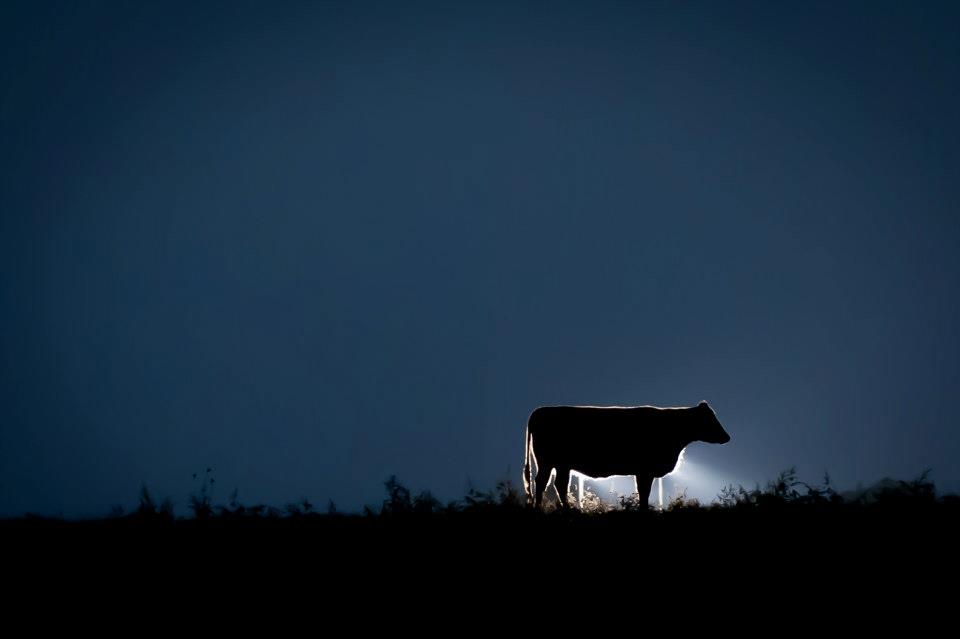Fall calf market depends on corn, wheat and more
Fall calf market depends on corn, wheat and more


Cattle prices have been on a roller coaster ride in 2020 thanks in part to COVID-19. While there are still a few unknowns, University of Kentucky agricultural economist Kenny Burdine sees potential for a stronger fall calf market than we saw in fall 2019.
In the spring, the pandemic created a bottleneck in the processing industry that Burdine said led to a decrease in fed cattle marketing. That decrease then led to reduced feedlot placements and a backlog of cattle outside of feed yards.
“Estimates of feedlot placements suggest a good chunk of those cattle have been placed on feed in the past couple months,” said Burdine, agricultural economist for the UK College of Agriculture, Food and Environment. “With more of those heavy feeders moving out of growing programs, those producers should be more aggressively bidding on calves this fall.”
Another factor that will impact the fall market is corn. In early August, the U.S. Department of Agriculture forecasted this year’s corn crop at more than 15 billion bushels with average yields more than180 bushels per acre, but weather impacts since that report could drop the actual harvest a bit lower than the forecast.
“In the spring, grazing operations aggressively bid on calves to place into stocker programs,” Burdine said. “But in the fall, most of our calves are placed into winter backgrounding programs or directly on feed.”
If feed is cheaper, feedlots and winter backgrounders bid up calf prices as they compete with one another for placements.
While a lot of calves get placed directly on feed in the fall, a significant number will also end up in growing programs utilizing winter wheat pasture.
“This is the closest thing we have to a ‘stocker’ demand for calves in the fall,” Burdine explained. “It tends to set some underpinning for our late fall markets.”
Dry weather in the Southern Plains over the late summer made some nervous that the fall markets would not look promising, but then rains in early September improved the outlook a bit.
“The better winter grazing conditions look, the better our fall calf market is likely to look,” Burdine said. “The overall cattle market is not something producers can control.”
In light of 2020’s challenges, Burdine said producers should be careful about deviating from their typical marketing plans.
“In most any market, the best thing that cow-calf operators can do is efficiently produce high quality, healthy, weaned calves and market them in lot sizes as large as possible,” he said.
Agricultural Economics


